Heard of STOTT Pilates? It's the latest trending low-impact method promising to boost tone, strength and more
This is classical Pilates, reimagined.


When it comes to Pilates, the internet’s interest in this type of low-impact workout knows no bounds. But this year, it seems like STOTT Pilates is the current method having its time in the spotlight.
Described as a "contemporary approach" to the traditional Pilates method, STOTT essentially takes all the good bits about the OG Pilates practice (and naturally, there are many) and fuses it with today’s modern principles of exercise science and post-rehabilitation.
“While rooted in classical Pilates, STOTT Pilates incorporates modern principles of biomechanics, physiotherapy, and exercise science,” explains STOTT-trained Pilates instructor, Lucy Griffiths, founder of The Aligned Studio. “It emphasises spinal alignment, core stability, and modifications to suit individual needs, making it a highly adaptable and safe practice.”
“I fell in love with Pilates at my local studio, particularly the teaching style of STOTT-trained instructors,” Griffiths adds. “After researching the method and seeing the incredible results and feedback, I knew I had to train with STOTT to deepen my understanding and share its benefits with others.”
It's no secret that there are many different types of Pilates out there, from Reformer and mat to Tower and Vertical Pilates. So what makes STOTT so unique? Below, we've asked experts to give us the DL and explain where it came from, the notable benefits, plus the main differences compared to classical Pilates.
To read more, keep scrolling. And while you’re here, don't miss our guides to how often you should do Pilates for best results, the best Pilates exercises of all time, and what happened when one writer decided to do Pilates leg circles every day for a week.
STOTT Pilates is the latest trending workout - your guide
What is STOTT Pilates?
“STOTT Pilates is a contemporary approach to the traditional Pilates method originally developed by Joseph Pilates,” explains Griffiths.
Marie Claire Newsletter
Celebrity news, beauty, fashion advice, and fascinating features, delivered straight to your inbox!
According to Robert Izatt, lead instructor trainer at One KX and owner of Body In Sync, Moira Merrithew and her husband, Lindsay, co-founded the STOTT Pilates method after spending three decades refining it alongside a team of physical therapists, sports medicine and fitness professionals.
"A former dancer, Moira retrained and became a certified Pilates instructor under the guidance of Romana Kryzanowska at the original studio established by the late Joseph H. Pilates," Griffiths adds.
"The refined method resulted in the inclusion of modern principles of exercise science and rehabilitation," Izatt adds.
@impactpilates ♬ just outside, you can see the northern lights - Daniel G. Harmann
What are the benefits of Stott Pilates?
The usual benefits of Pilates still apply - STOTT is just a more modern take on the original method.
That said, due to its inclusion of today's modern take on exercise science and rehabilitation, Izatt says it makes it "one of the safest and most effective methods available." “STOTT Pilates is also recognized as a leader in Pilates programming by studios, fitness facilities, fitness professionals and the consumer market worldwide,” Izatt adds.
The trainer says that STOTT can also be tailored to you. “The STOTT Pilates Movement System provides a framework to create an intelligent and mindful exercise that serves as the foundation for tailored exercise programming,” he adds. “The physical and mental conditioning created by these exercises can enhance movement effectiveness or efficiency in daily and sport-specific environments."
What is the difference between STOTT Pilates and Pilates?
Well, the first major difference is that STOTT Pilates uses "modern exercise principles." Not sure what this means? In short, it includes contemporary Pilates moves to target spinal rehabilitation, fascial integration (the connective tissue that surrounds muscles, organs, and other structures), muscle conditioning and athletic performance enhancement.
All sound a bit confusing? Let us explain it with an example. STOTT Pilates focuses on having a "natural" curvature in your spine. In the classical Pilates approach - aka the one termed contrology and first developed by Joseph Pilates in the 1920s - teachers focused on having a "flexed spine" where you lay flat and press your spine into the ground to remove the natural curve.
As well as this, according to the Merrithew website, STOTT places a strong focus on scapular stabilisation (the process of controlling the shoulder blades while you move your arms), lumbopelvic placement and postural alignment.
“STOTT Pilates also provides various modifications for the various exercises across the method,” Izatt says. “Whether working out on the Mat, Reformer, Cadillac, Stability Chair or Barrels. The levels Essential, Intermediate and Advanced provide a sequential workout within which an individual is able to build their strength, endurance, stability, improve mobility and challenge balance.”
@bodysparklepilate ♬ suara asli - 𝟑𝟎𝟑 𝐍𝐨𝐚. - 𝐍𝐎𝐀.𖥔 ݁
What are the six principles of Stott Pilates?
The STOTT Pilates principles are the foundation of this exercise method. According to Griffiths, the six principles include:
- Breathing: “Optimal breathing patterns improve mind-body awareness, reduce tension, and enhance muscular activity,” the Pilates teacher says.
- Pelvic Placement: “The position of the pelvis directly affects spinal alignment and curvature, promoting stability and support," Griffiths explains.
- Rib Cage Placement: “Proper rib cage alignment is essential for maintaining optimal posture and supporting the spine's natural curvature,” the expert adds.
- Scapular Movement and Stabilisation: “Stabilising the shoulder blades supports the spine and rib cage while ensuring proper arm function,” Griffiths says.
- Head and Cervical Placement: “Correct alignment of the head and neck interacts with the spine and rib cage to reduce strain and improve movement efficiency,” Griffiths adds.
- Lower Body Mobility & Stability: This includes the hip, knee, ankle, and foot, working together to manage load transfer, flexibility, stiffness, and balance. Teaching this principle focuses on static and dynamic alignment, flexibility, and effective force management.
“It’s not the kind of workout where you’re sweating through intense cardio, but the results are noticeable”
Jehann Biggs is the president and owner of the eco-friendly throws business, In2Green. The 44-year-old has been practising STOTT Pilates for just under a year in a bid to mix up her workouts. Here, she explains what she found after doing so…
“I’ve been trying Stott Pilates for around a year now and honestly, it’s been a game-changer for me. What stood out was how focused the workouts were on alignment and building core strength."
“I’ve always had lower back issues, and after just a few sessions, I noticed a real difference in how my body felt day to day. The emphasis on controlled movements and proper posture really works."
“It’s not the kind of workout where you’re sweating through intense cardio, but the results are noticeable - more flexibility, less tension, and improved posture."
“Another thing I love is how the classes can be adjusted to different levels. It’s one of those things where you can always challenge yourself more, but it’s low-impact enough that it doesn’t feel overwhelming."
“I’ve added it to my regular routine, and I can honestly say I feel more balanced and in tune with my body. It’s one of those exercises that might not seem like much at first, but over time, you really feel the benefits, especially in terms of strength and stability.”
Shop Marie Claire UK's go-to Pilates kit:

Expensive, yes, but coming with contrasting stitching, and the brand’s super soft airbrush fabric, you’ll never want to take this sports bra off. From cosy WFH days to your next Pilates class—and beyond.

It’s amazing how much of a burn you can get with a small (and seemingly unassuming) Pilates ball. From firing up your core with basic abdominal crunches to knee squeezes. We love this bright and beautiful option which is not only aesthetically pleasing, it has anti-burst material.
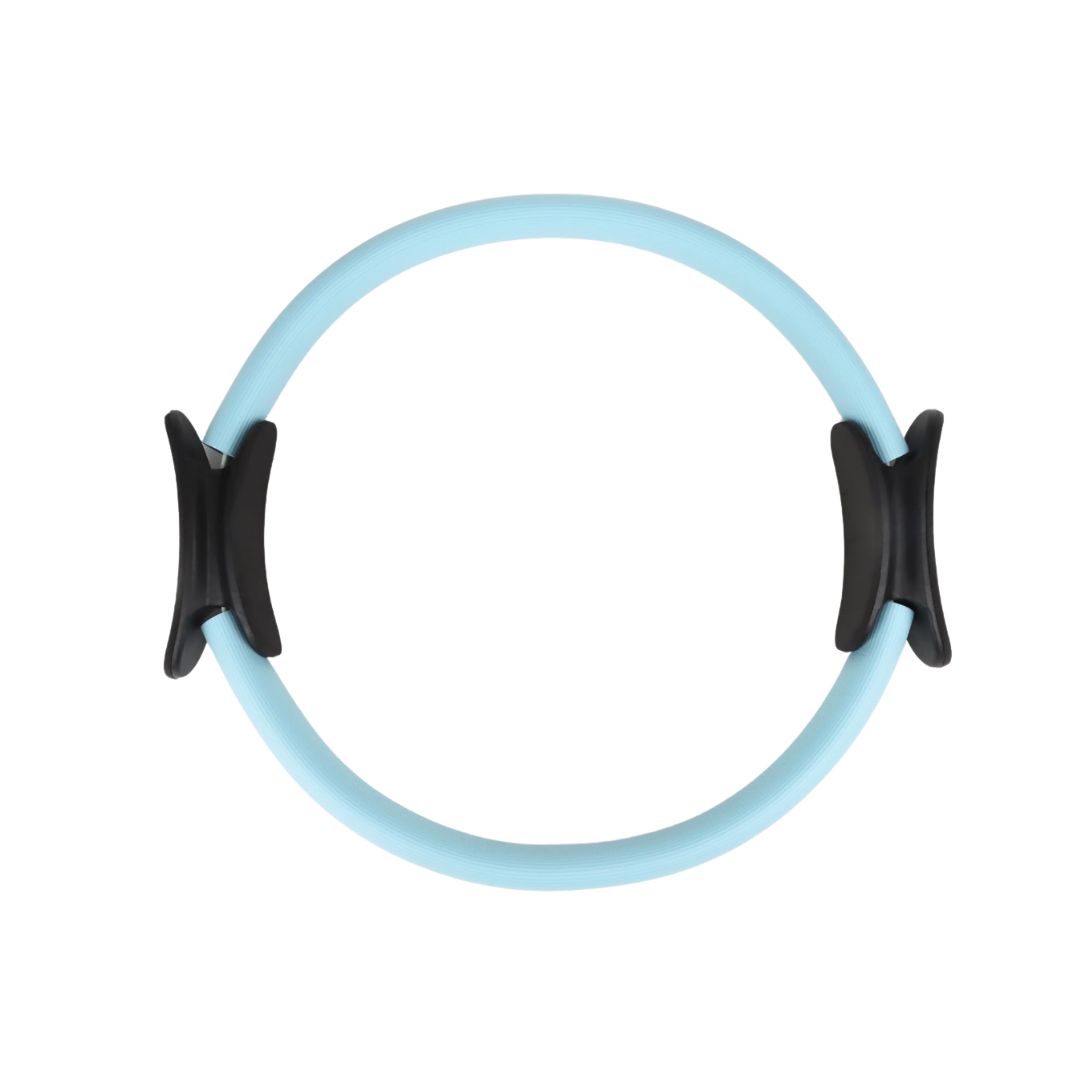
If you’re looking to level up your home workout, look no further than a Pilates ring which is also known as the Magic O or the ring of fire (IYKYK). This option tops our guide to the best Pilates rings thanks to its foam padded handles and the trio of different colourways available.
Is STOTT Pilates internationally recognised?
It is. Since this method of Pilates was first developed by Moira and her husband, Lindsay Merrithew, in the 80s in Canada, STOTT Pilates has become an internationally respected program.
So much so, it’s recognised by industry accreditation bodies like The Register of Exercise Professionals and the American Council on Exercise.

Rebecca, or Becks, is a freelance journalist with more than ten years of experience in the industry. She specialises in all things health and lifestyle and has written for a number of brands including Women's Health, Stylist, the Evening Standard, Good Housekeeping, The Telegraph, Live Science, Tom's Guide and Fit&Well. Becks also writes copy for a number of brands and small businesses.
When she's not weight training, tracking down the best gym leggings, reading a book or at her desk typing away, you'll find her in the kitchen perfecting a new recipe or bake.
-
 Penn Badgley and Blake Lively kept their breakup a secret from the Gossip Girl cast and crew - here's what we know about their former relationship
Penn Badgley and Blake Lively kept their breakup a secret from the Gossip Girl cast and crew - here's what we know about their former relationshipBy Jenny Proudfoot
-
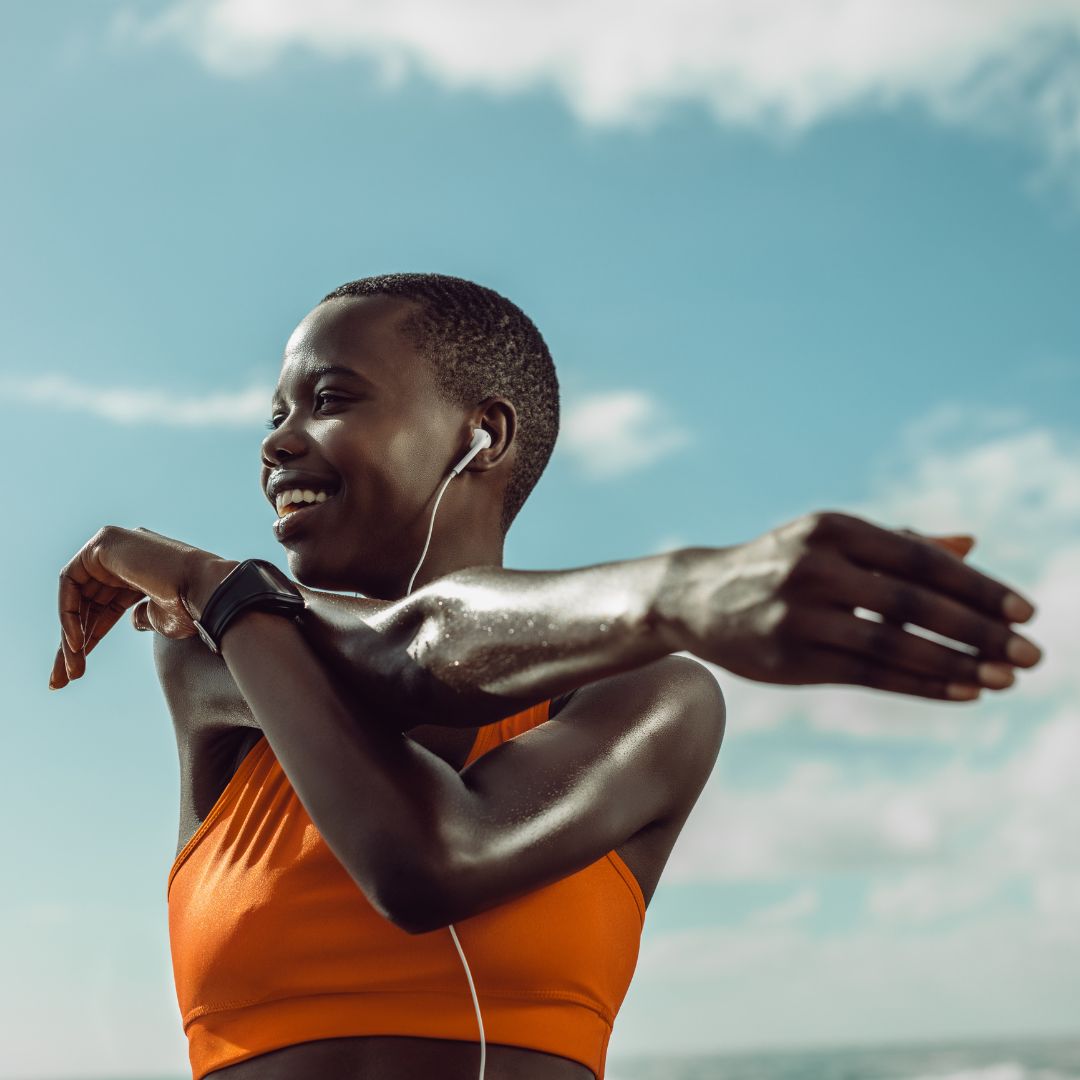 Spring has finally sprung - 6 best outdoor workouts that are totally free and boost both body and mind
Spring has finally sprung - 6 best outdoor workouts that are totally free and boost both body and mindSoak in the nature and boost Vitamin D *and* endorphins.
By Anna Bartter
-
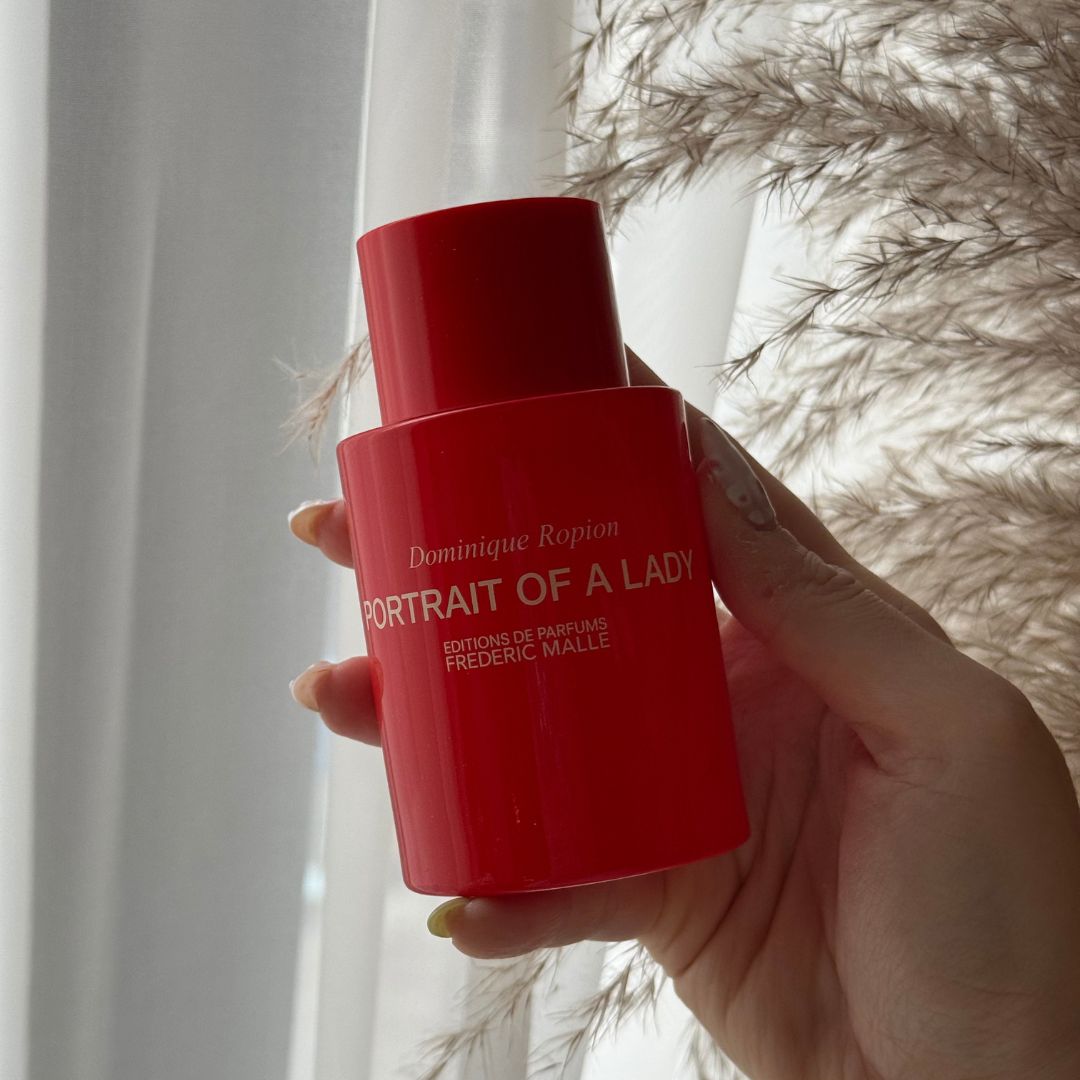 This iconic rose perfume is a compliment magnet—it makes me feel ‘put together’ after just one spritz
This iconic rose perfume is a compliment magnet—it makes me feel ‘put together’ after just one spritzGrown-up and elegant, yet not at all dated.
By Denise Primbet
-
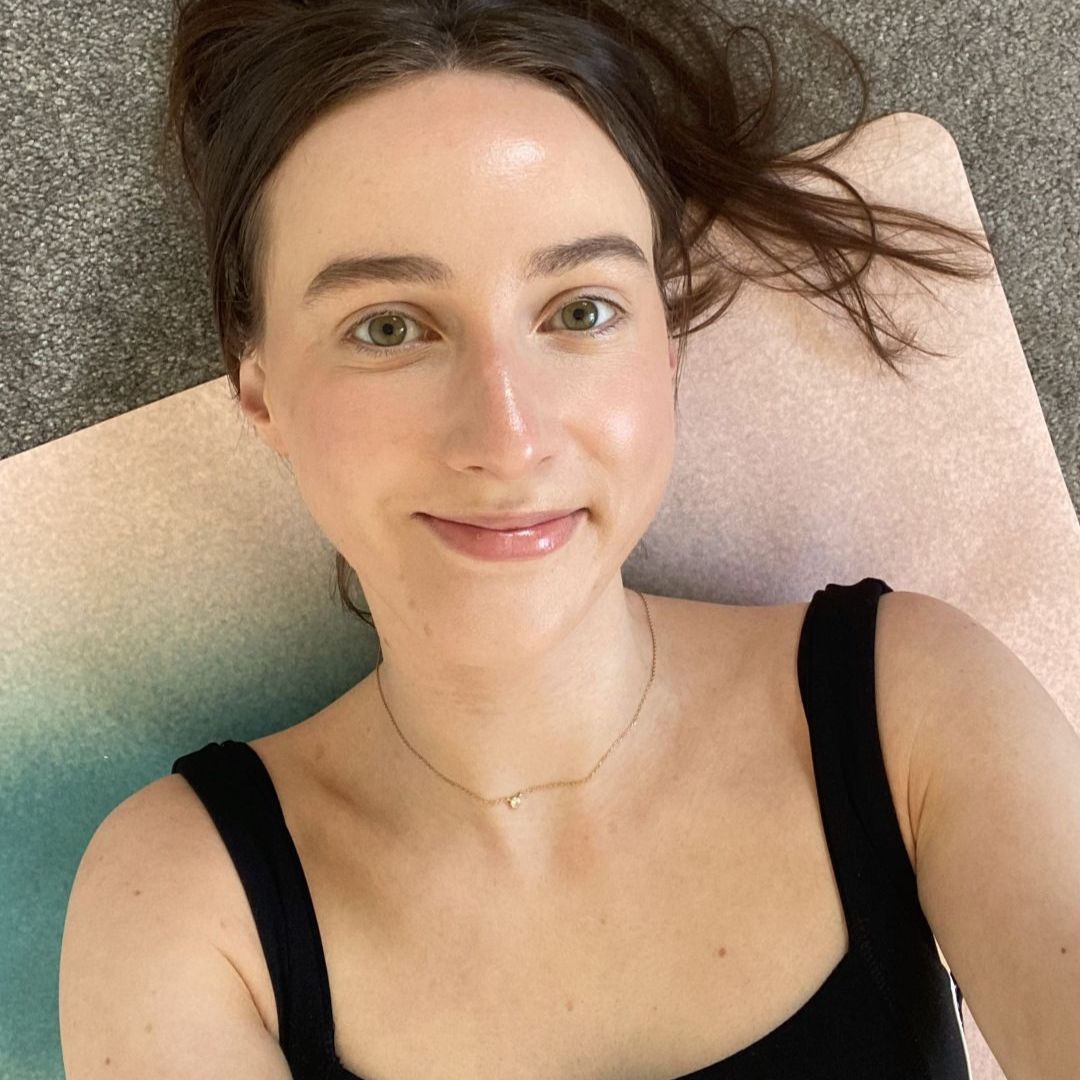 I tried Pilates scissors, the raved-about Pilates move - and think it's the best combination of stretching and strengthening ever
I tried Pilates scissors, the raved-about Pilates move - and think it's the best combination of stretching and strengthening everTrust me, this one's worth trying.
By Katie Sims
-
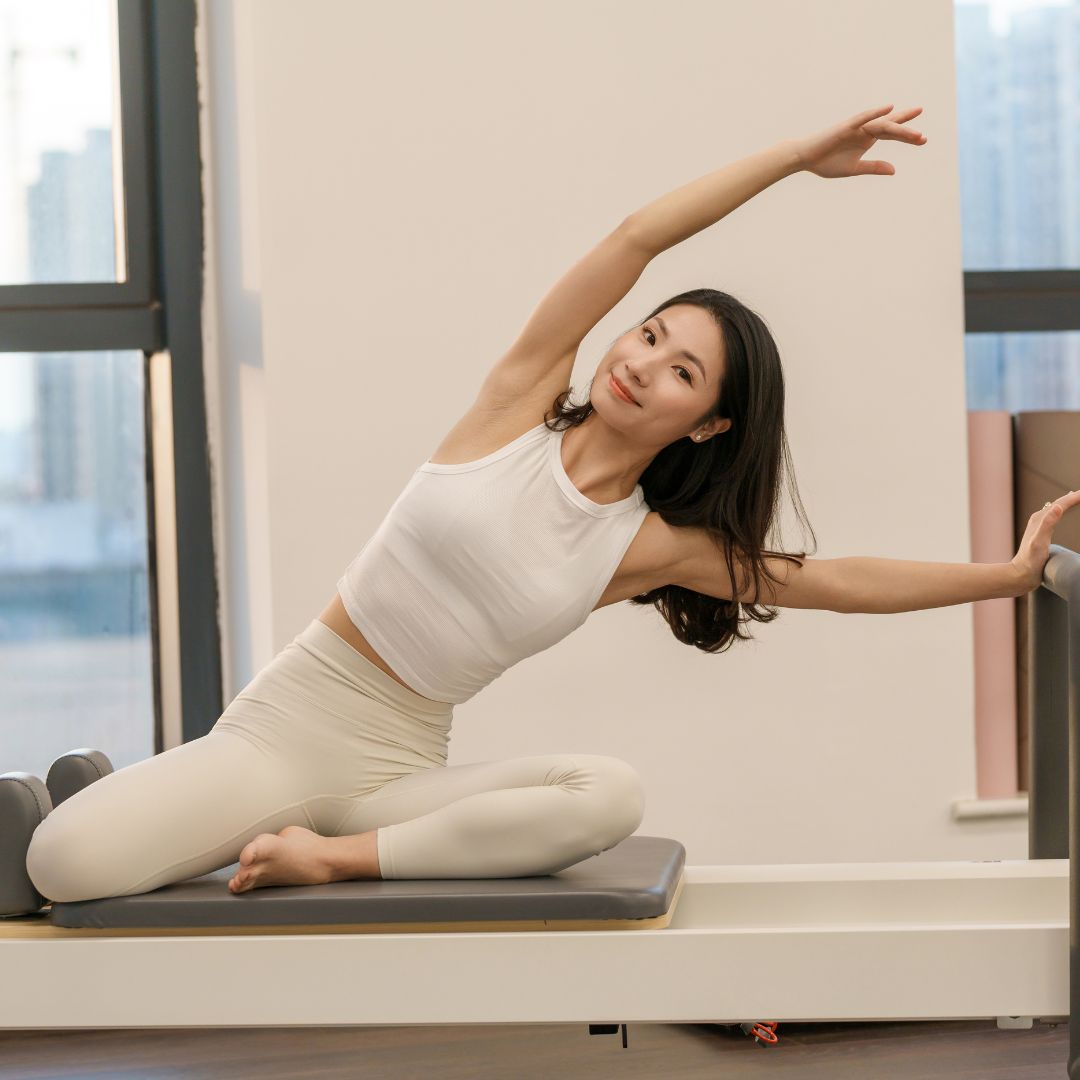 Eager to build a strong, stable core from home? 7 advanced Pilates core exercises that coaches do themselves
Eager to build a strong, stable core from home? 7 advanced Pilates core exercises that coaches do themselvesStability, strength *and* control? It's a yes from us.
By Anna Bartter
-
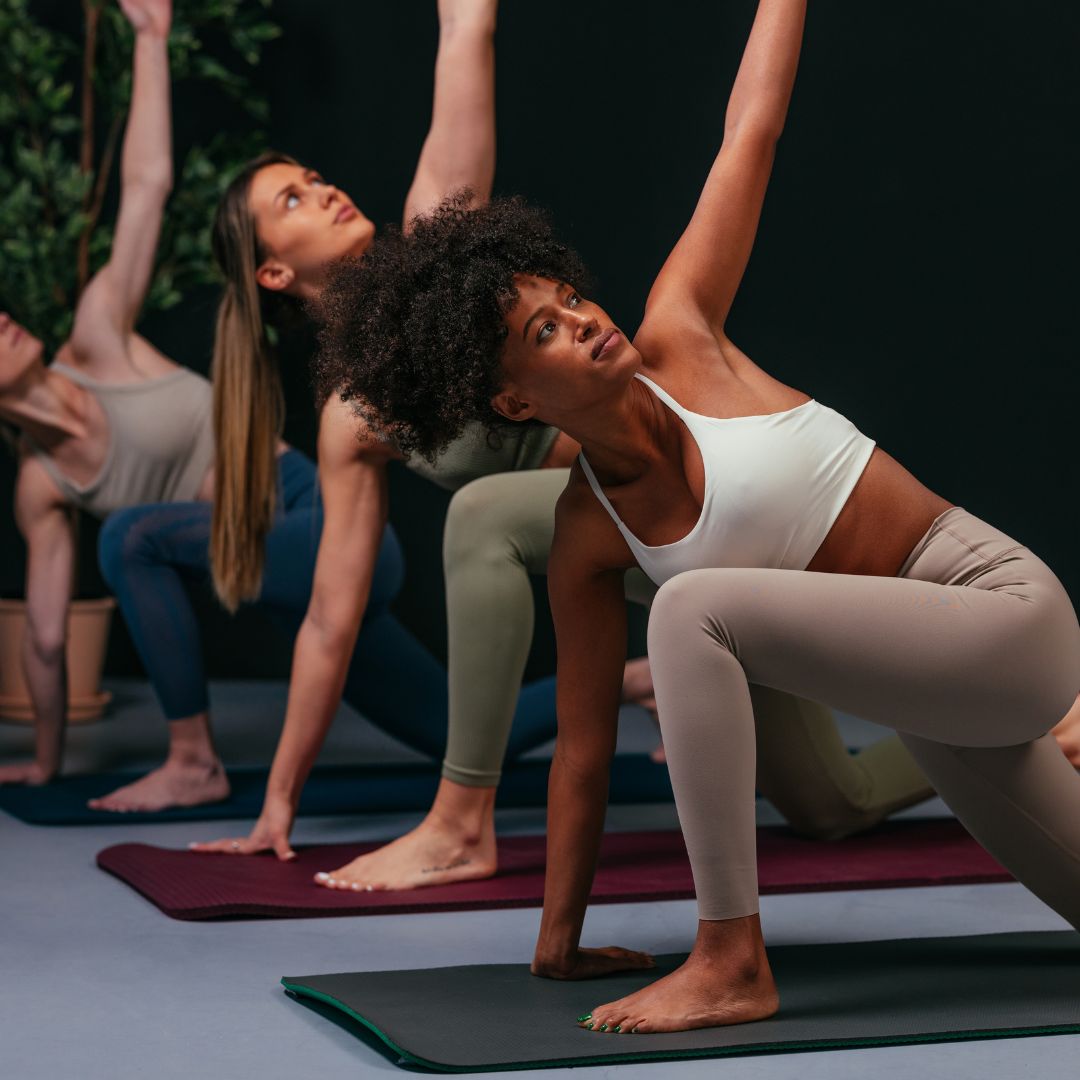 Classical Pilates is raved about worldwide as the most effective type of Pilates you can do - 8 exercises that instructors recommend
Classical Pilates is raved about worldwide as the most effective type of Pilates you can do - 8 exercises that instructors recommendTried, tested and trusted moves.
By Katie Sims
-
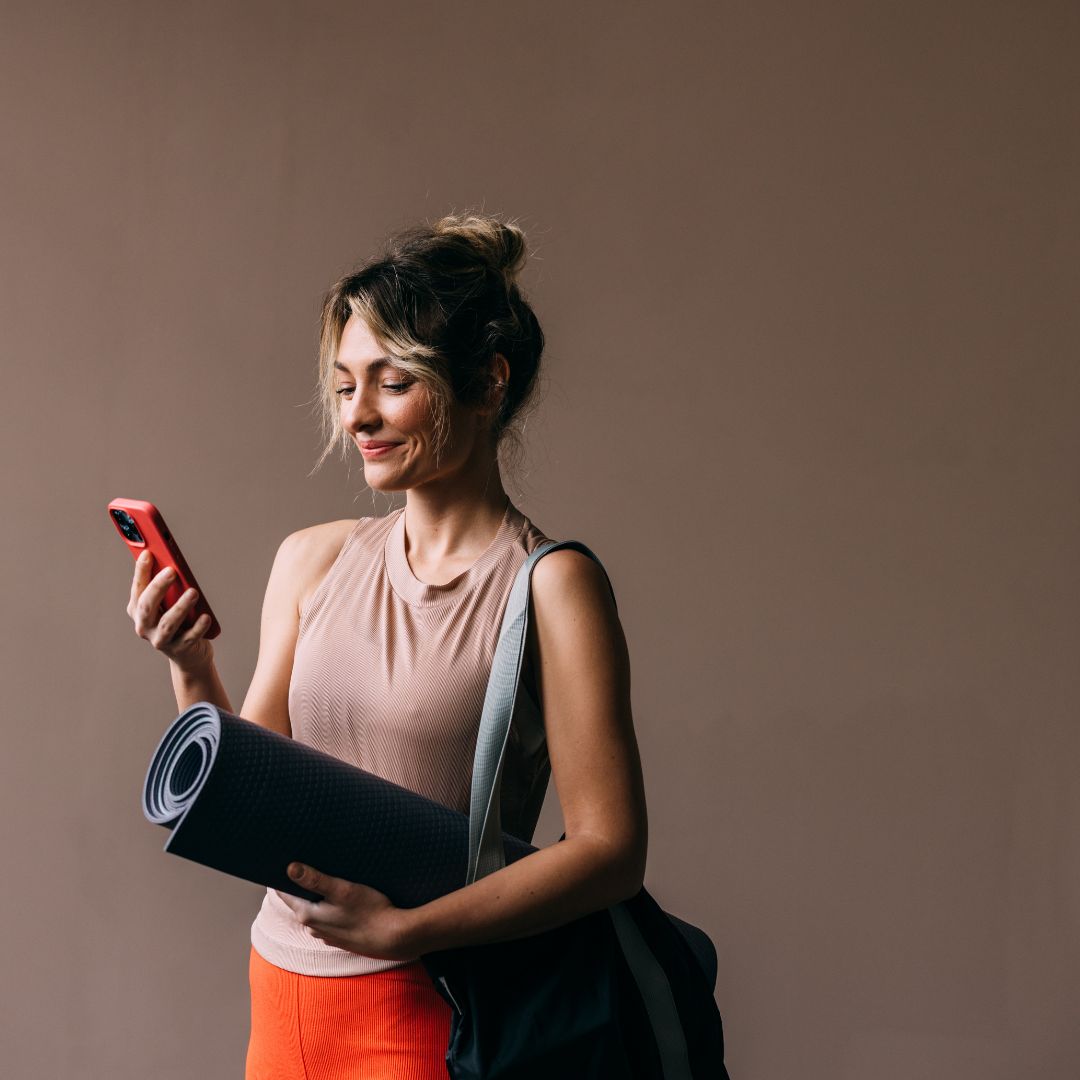 Fan of low-impact sessions? These are officially the 7 best Pilates apps for boosting strength, tone and mood
Fan of low-impact sessions? These are officially the 7 best Pilates apps for boosting strength, tone and moodYou can thank us later.
By Katie Sims
-
 I tried STOTT Pilates at home every day for a week - and I've fallen for the trending workout hook, line and sinker
I tried STOTT Pilates at home every day for a week - and I've fallen for the trending workout hook, line and sinkerYou'll want to give this one a go.
By Katie Sims
-
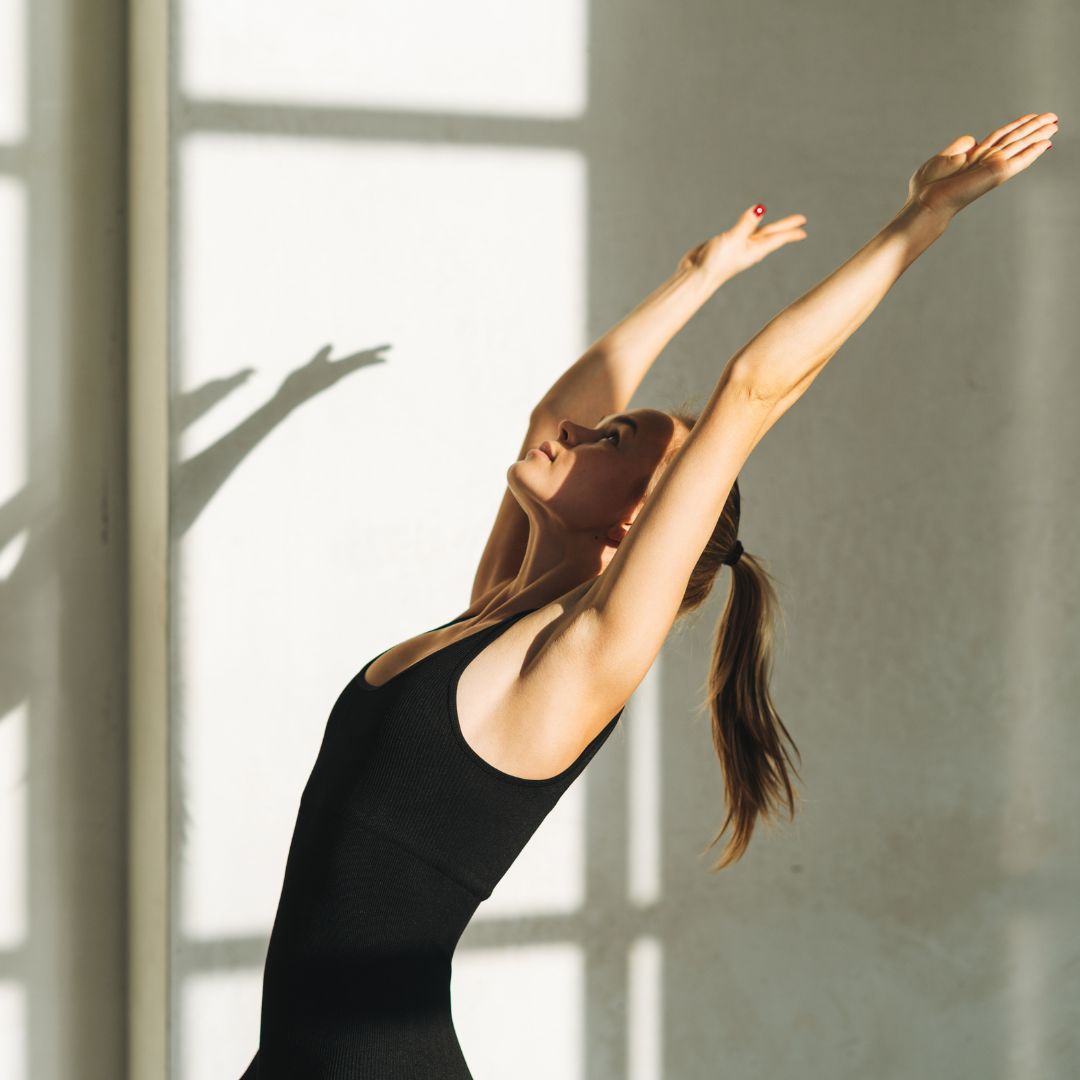 Keen to get Reformer results without the hefty price tag? 5 best Pilates boards to upgrade your home workouts
Keen to get Reformer results without the hefty price tag? 5 best Pilates boards to upgrade your home workoutsThey're great for small spaces, too.
By Amelia Yeomans
-
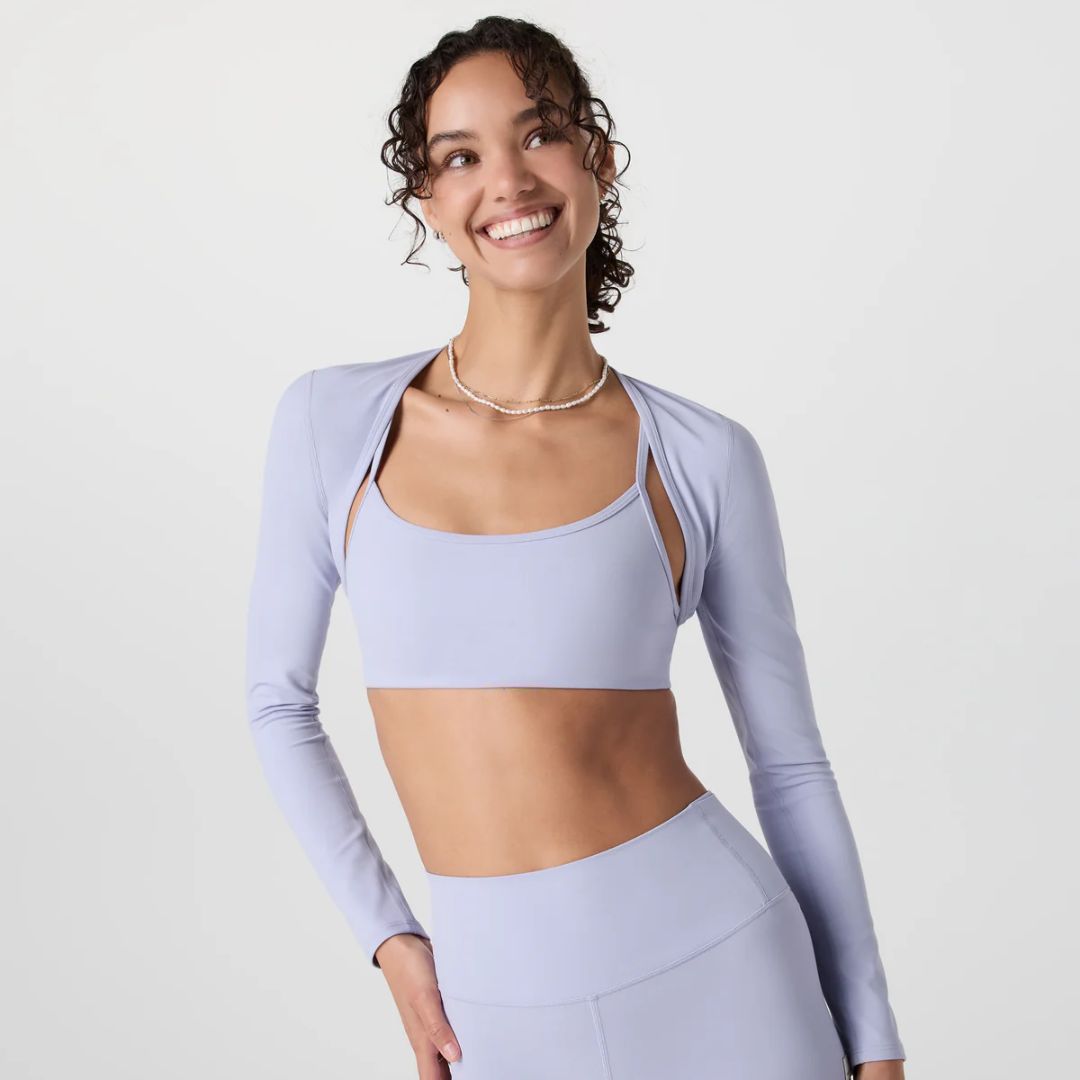 Pilates shrugs are set to be the next big activewear trend: 6 of the best, chosen by our expert Editors
Pilates shrugs are set to be the next big activewear trend: 6 of the best, chosen by our expert EditorsChic and comfortable? Sign me up.
By Amelia Yeomans
-
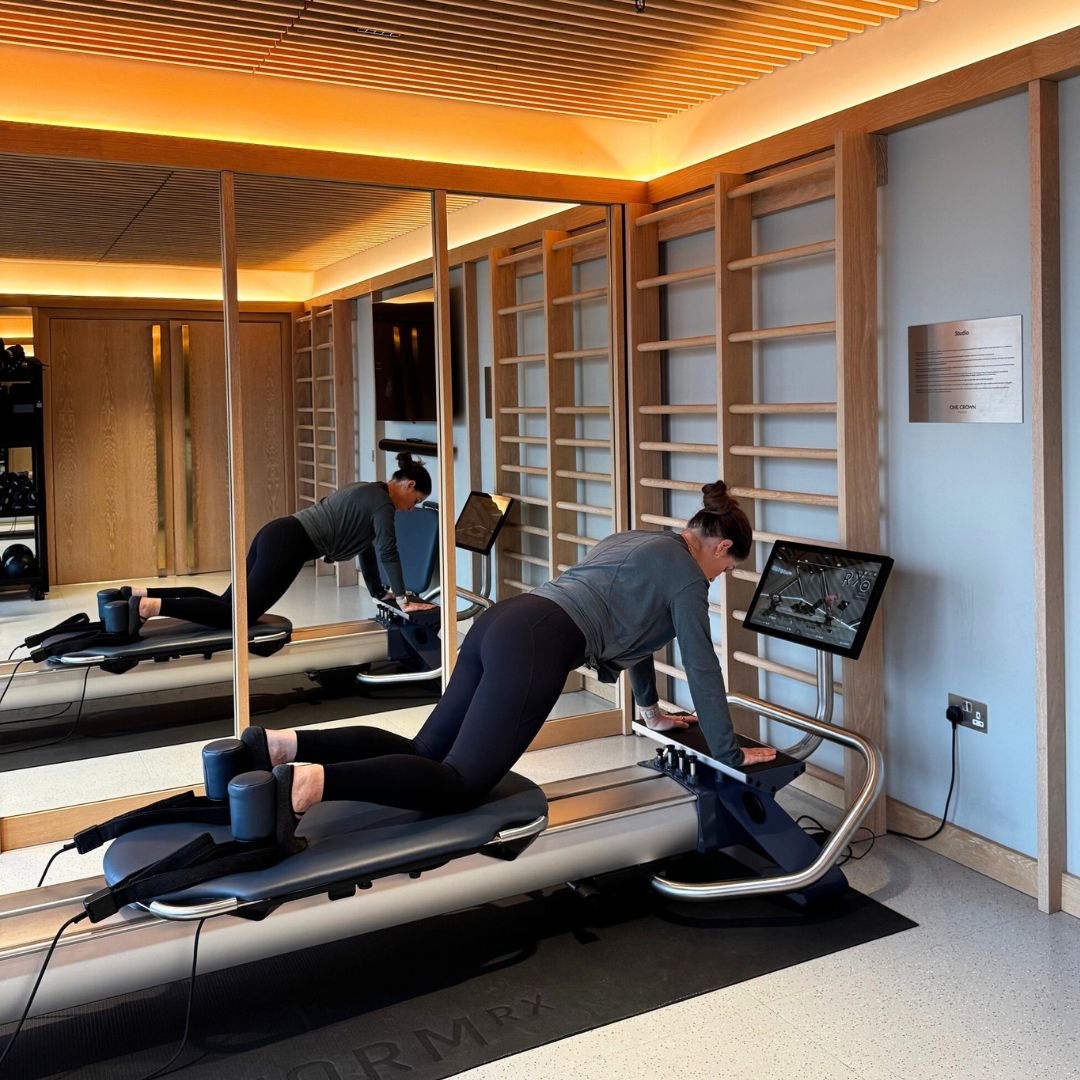 I tried Reform RX, the world's first virtual Reformer class - and have some thoughts
I tried Reform RX, the world's first virtual Reformer class - and have some thoughtsMeet the Pilates answer to a Peloton.
By Anna Bartter